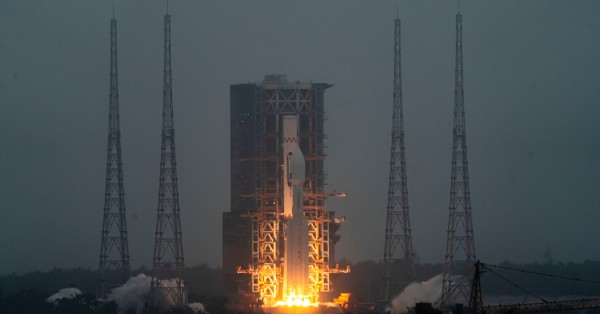Optus is teaming up with SpaceX, a company known for creating advanced rockets and spacecraft. They have made a deal to use SpaceX’s Starlink satellites to provide mobile service. Their goal is to cover all of Australia*.
Matt Williams, who is in charge of Marketing and Revenue at Optus, said that Optus has always tried to find new ways to connect their customers. Right now, their network covers 98.5% of Australia’s population.
But Australia is big and has different types of terrain, making it hard for any company to cover every area, especially remote or hard-to-reach places.
Optus’ deal with SpaceX is to use satellites to connect directly to mobile phones without customers needing to buy extra equipment. This builds on Optus‘ history of using satellite technology in Australia.
This is a new idea for Australia, connecting satellites directly to regular mobile phones, and it’s a big step forward from what SpaceX has done so far in Australia. It will create a special experience for Optus customers.
Optus’ deal with SpaceX will help them extend their mobile service to include the 60% of Australia’s land that currently has no mobile service. They will do this in stages, starting with text messages in late 2024 and voice and data following in late 2025.
Sara Spangelo, who is in charge of Satellite Engineering at SpaceX, said they are excited to work with Optus. Together, they will use SpaceX’s Starlink satellites and Optus’ mobile network to send signals directly to mobile phones across Australia.
Before the new service is launched, it will be tested extensively. More information will be given as the service gets closer to being available.
In line with these developments, SpaceX Starlink announced a similar partnership in the United States titled “Coverage Above & Beyond,” formed with T-Mobile. Both the partnership with Optus in Australia and T-Mobile in the US share a common objective: to deliver 100% coverage in their respective regions.
In a parallel move, SpaceX has also joined forces with another Australian company, Telstra, to introduce Starlink services to its customer base. Telstra will be incorporating SpaceX’s Starlink internet service into a package that includes home phone and broadband services, offering a comprehensive solution for Australians. These strategic alliances exemplify SpaceX’s dedication to augmenting connectivity through innovative satellite technology across the globe.
*This does not include the Australian Radio Quiet Zone in Western Australia, where no service is allowed, and the Remote Offshore Territories and Islands of Australia. The service requires a clear view of the sky. More information will be given when the service is launched.






































